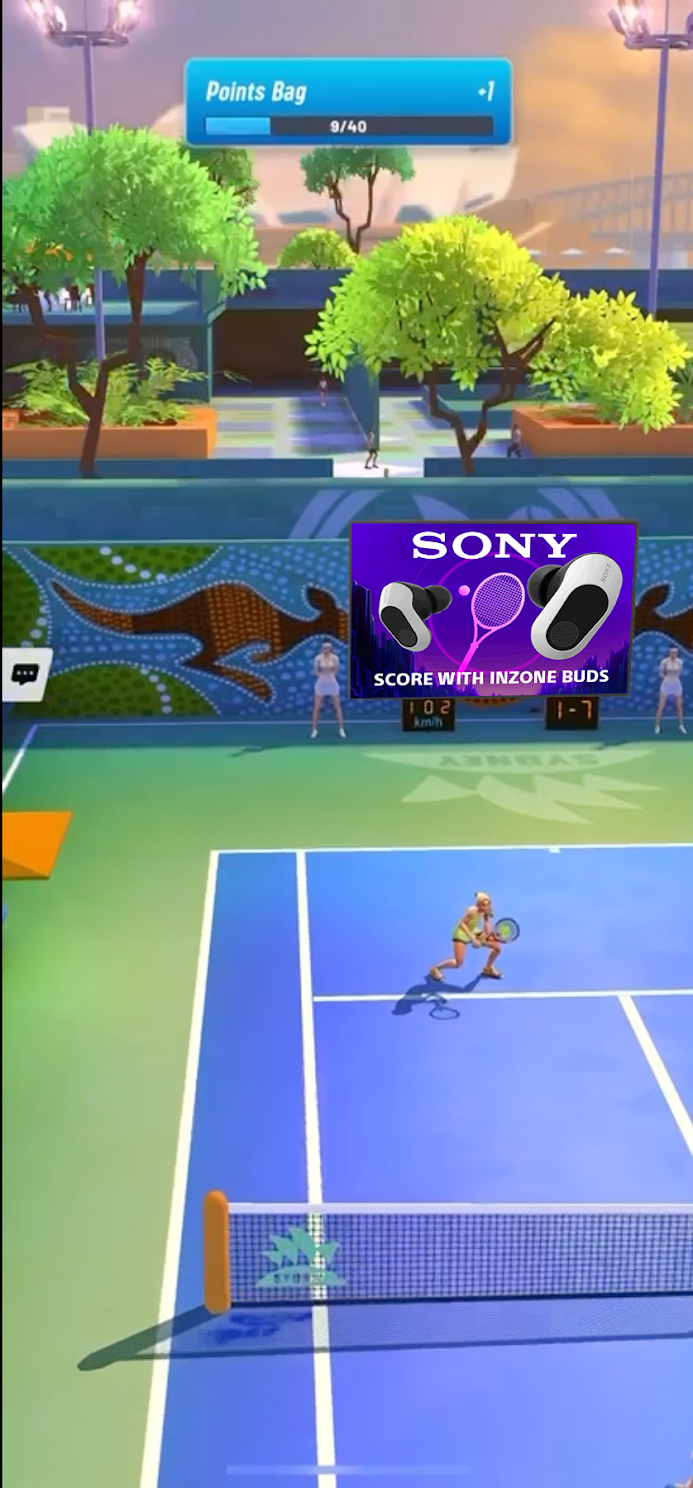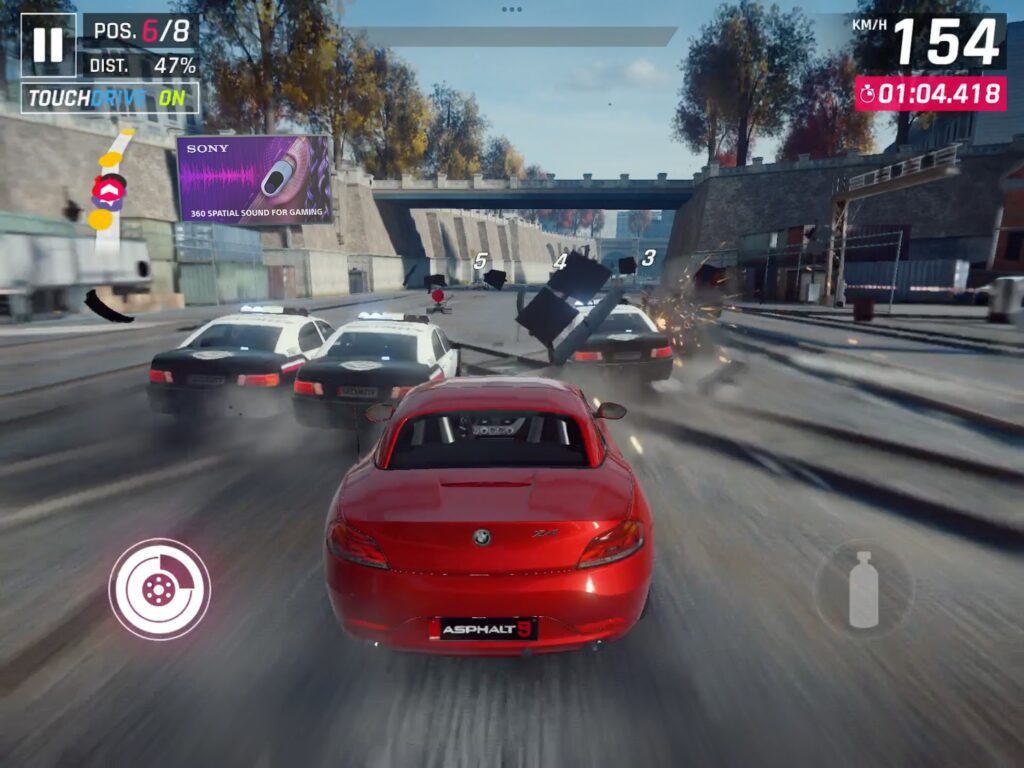In-game advertising is uncharted territory even for brands that consumers associate with gaming.
Sony Electronics ran its first in-game ad campaign earlier this year to promote its INZONE line of noise-canceling earbuds for gamers. The ads were targeted to mobile and PC gamers aged 18 to 44 in Saudi Arabia.
Sony was “quite skeptical in the beginning” and saw the campaign more as an opportunity to test an emerging media channel rather than drive results, said Karan Makwana, digital marketing manager for the Middle East and Africa at Sony Electronics. But the results exceeded Sony’s expectations, he said.
The campaign drove a 42% increase in brand image and a 35% increase in brand consideration, according to a study by Happydemics. Those results got Sony excited to dive deeper into in-game activations, Makwana said, including, perhaps someday, ads in Sony’s console games.
Breaking into the in-game ad market
While any discussion of Sony and gaming brings to mind the PlayStation console and the gaming bona-fides that come with it, Sony Electronics and Sony Interactive Entertainment – maker of the PlayStation – are two separate companies.
That means Sony Electronics couldn’t rely on any data sourced from the PlayStation division to inform its outreach to gamers, Makwana said. So it had to adapt its existing insights on its consumer electronics audience to a new media environment.
But Sony didn’t want to fly blind. It plotted its entry into the in-game ad market for about a year before diving in, he said.
Makwana first became intrigued by the idea of in-game advertising after playing “Grand Theft Auto: Vice City” in his youth. Long before in-game ad tech existed, he was blown away by its immersive open world packed with billboards for fictional brands.
Still, Sony and Makwana needed some reassurance before they felt comfortable breaking into this new marketing channel.
Part of that reassurance came from the IAB Tech Lab releasing updated guidelines for in-game ad measurement in 2022 and best practices for in-game creative in March, Makwana said. That gave Sony the confidence that it could design creative that would work for in-game environments and be able to measure ad impact appropriately, he said.
Finding creative guidance
Sony also needed some guidance from Anzu, its in-game ad platform for the campaign. Anzu worked with Sony’s agency, UM MENAT, part of UM Worldwide, to design a programmatic direct campaign and select in-game inventory that could reach Sony’s target audience in Saudi Arabia.
Sony placed in-game video and static display ads in a number of properties on PC and mobile platforms. These included Gameloft’s Asphalt 9, a racing title, and Gangstar Vegas, an open-world adventure; Socialpoint’s Dragon City, a social networking game; Wildlife Studios’ tennis simulator Tennis Clash; and Ubisoft’s Growtopia, a multiplayer sandbox game. Anzu drew on first-party data from each of the game developers to ensure they could help Sony reach its target audience.
Sony first ran a small pilot campaign in December and January, using preexisting creative to test the quality of the in-game inventory using the IAB’s measurement standards and Sony’s own benchmarks from other media channels.
Sony was immediately impressed by the quality of the impressions, Makwana said. The 4.5 seconds of average in-view time for display ads beat the IAB’s recommended benchmark of two seconds, Makwana said. The video completion rate also beat Sony’s expectations, he added.
From there, Sony quadrupled the budget of the test pilot for a larger campaign that it ran between March and April. Across both parts of the campaign, Anzu delivered about four million viewable impressions, and the ads had more than 10,000 hours of on-screen time.
For the second part of the campaign, Sony worked with Anzu to tailor its creative to its target audience and the properties in which the ads appeared.
This creative customization involved small touches, like adding a steering wheel or tennis racket image if the ads appeared in Asphalt 9 or Tennis Clash, said Simon Sworn, creative director at Anzu. But it also involved more fundamental considerations – making sure the company logo and the product images were large enough to be seen by players zooming down a race track, for example. Or ensuring the video ads were short enough – no longer than six seconds – to be processed without distracting players from the gameplay.
Anzu’s creative team drew in part on the IAB’s creative best practices, Sworn said. It also relied on some findings from past Anzu research, such as a study it did with attention measurement provider Lumen that determined display ads are better for driving awareness, but video ads excel at driving purchase intent.
Sony also customized the ad copy to appeal to gamers, such as highlighting its earbuds’ 360-degree spatial sound for increased immersion while gaming.
Targeting the digital-native audience
The results were better than expected, Makwana said, adding that the brand lift numbers Sony saw from this campaign exceeded what it sees in other channels.
In addition to the 42% increase in brand image and 35% increase in brand consideration found in the Happydemics study, Sony also noticed an increase in Google search traffic for the INZONE line of products, increased traffic to the product site and heavier foot traffic at retailers following the campaign, he said, although he declined to share specifics.
Sony Electronics is now bullish on the in-game channel, which it considers a much better way to communicate with its young, tech-savvy, digital-first audience than traditional TV ads, which the company’s Middle East and Africa division has stopped running entirely, Makwana said.
It’s also eager to try out different types of activations, in addition to continuing these in-game placements, Makwana said. For example, it’s exploring custom sponsored maps for certain titles and is considering launching gaming events in key markets.
And, naturally, Sony hopes to someday advertise in PlayStation games, Makwana said. But the industry is still laying the programmatic pipes for consoles.
















